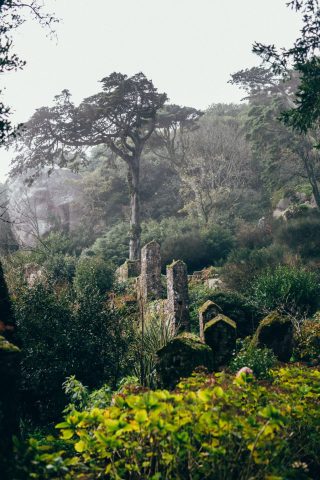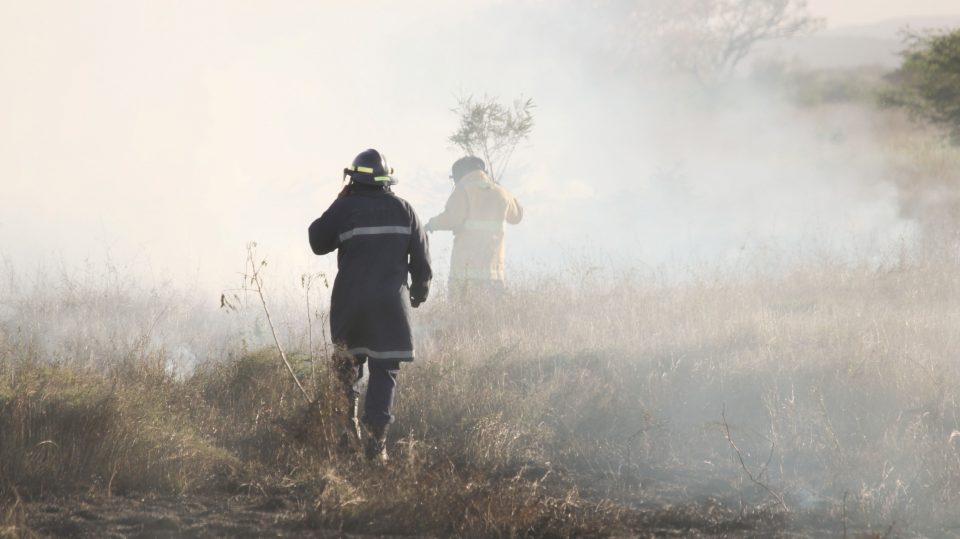The forest mosaic of Portugal

The Office: Who knew selling paper could be so funny?
November 23, 2022
Sharalee Howard’s Little Free Library is made from a tree
December 2, 2022
One of the key characteristics of the Portuguese forest is its diversity. The known European data on land use and land cover type strengthen this idea, demonstrating that there is no absolute predominance of a species, unlike in Finland, where wild pine occupies 67% of the forest area, or in Austria, where fir occupies 60% of the forest, a species that is also dominant, by about 50%, in the forest areas of Ireland and the Czech Republic.
Biodiversity center and one of the richest habitats in the world, the Mediterranean region, where Portugal is part, is characterized by a climate of mild temperatures, rainy winters and hot and dry summers, and also soils of differentiated relief, which contributes to a high rate of diversity, a factor that reinforces the resilience and resilience of forests.
The Institute for Conservation of Nature and Forests (ICNF) has identified over 80 indigenous forest species in Portugal, accounting for 72% of the existing mosaic (with a predominance of wild pine, cork oak, holm oak, manso pine, and oaktrees), to which other forest species such as walnut, pine, birch, american oak, or eucalyptus, among many others, have been introduced over decades.
With more than a third of the territory (36%), the forest is the main land use in mainland Portugal.
The national forest’s four great families
- The cork oak and holm oak (perennial hardwood) mounts and slats are the main forest occupation in mainland Portugal, with just over 1 million hectares representing 34% of the forest.
- Pine forests (beaded by pine, pine and other resinous trees) constitute the second forest formation, with 959,000 hectares (30%).
- The third most representative forest group in the Portuguese mosaic is that of eucaliptals (silvo-industrial hardwoods), which represent 26% (845,000 ha) of the national forest.
- The deciduous hardwoods (oaks, chestnut trees and others) occupy 10% of the forest spaces (320,000 ha) and have registered a systematic growth in the last 20 years, which has contributed to the high diversity rate of the Portuguese forest.
Note: IFN6 characterized the state of the forest in 2015, which is different from the current state due to the natural dynamics of ecosystems and the consequences of fires, especially 2017 and 2018.
A protected forest
Portugal ranks fourth in Europe in terms of forest diversity, with approximately 22% of its land area protected, trailing only Italy (33%), Germany (29%), and Liechtenstein (26%). The percentage value of protected forest land in Portugal exceeds both the European (13%) and global (17%) averages.




